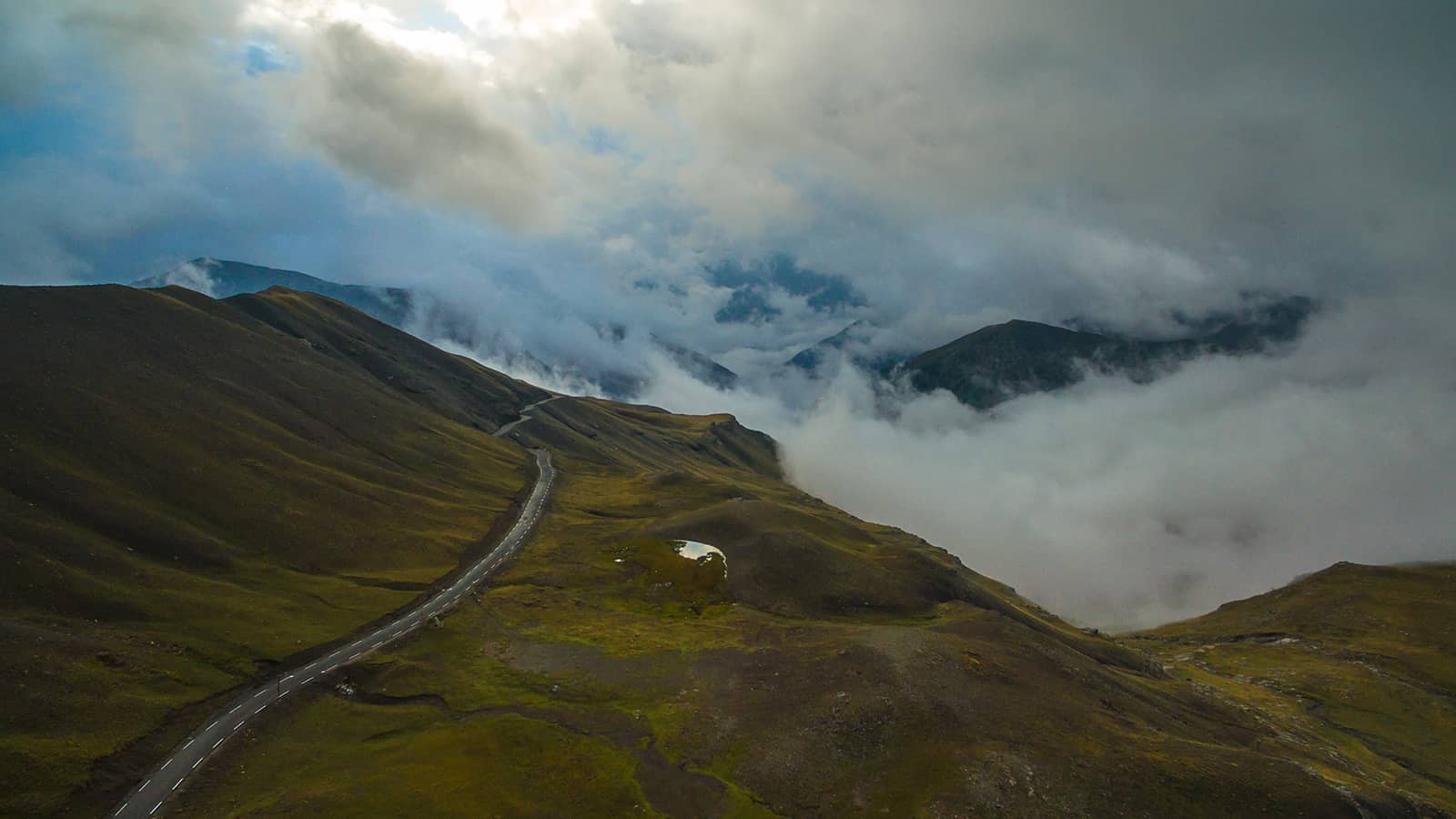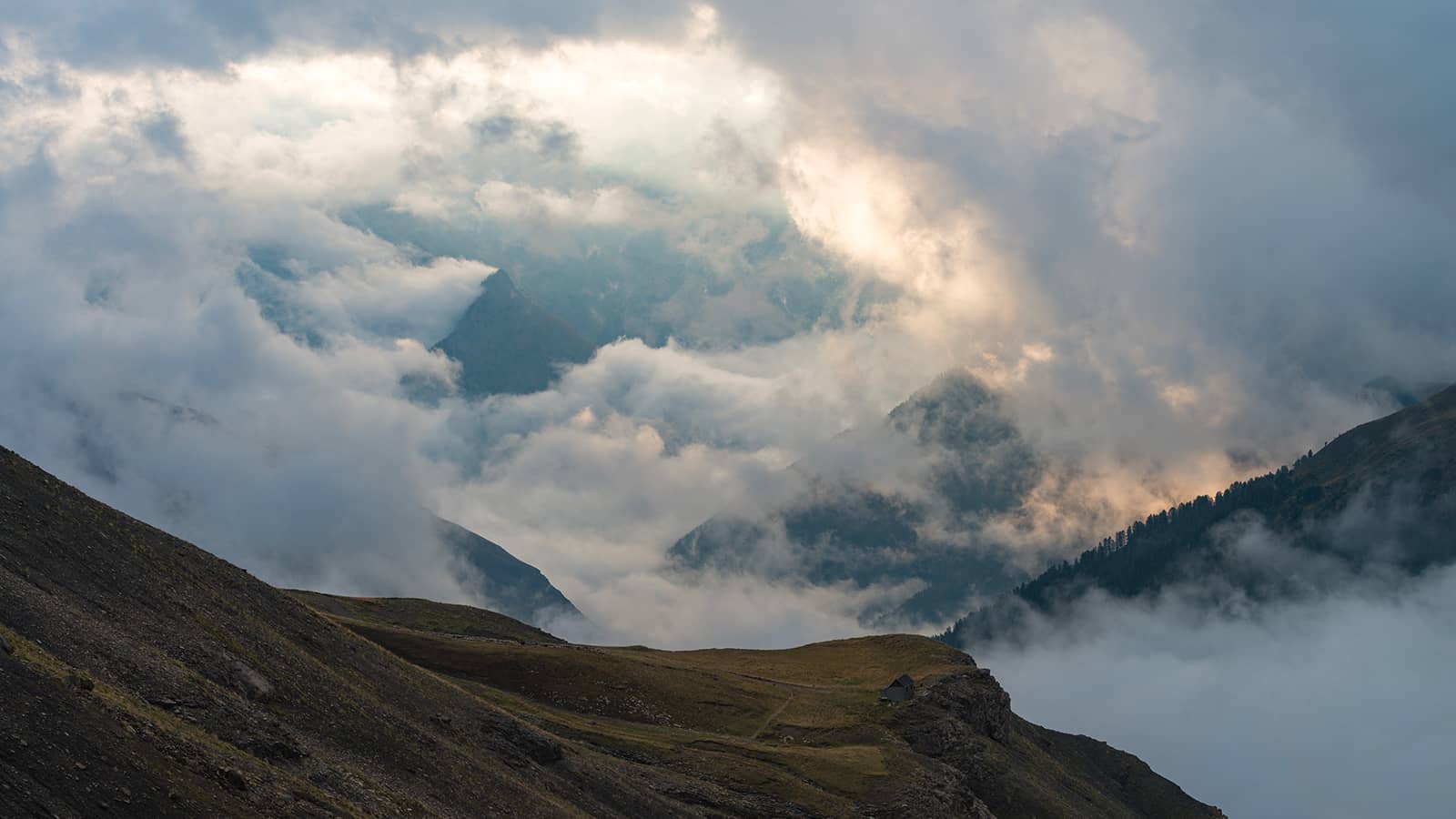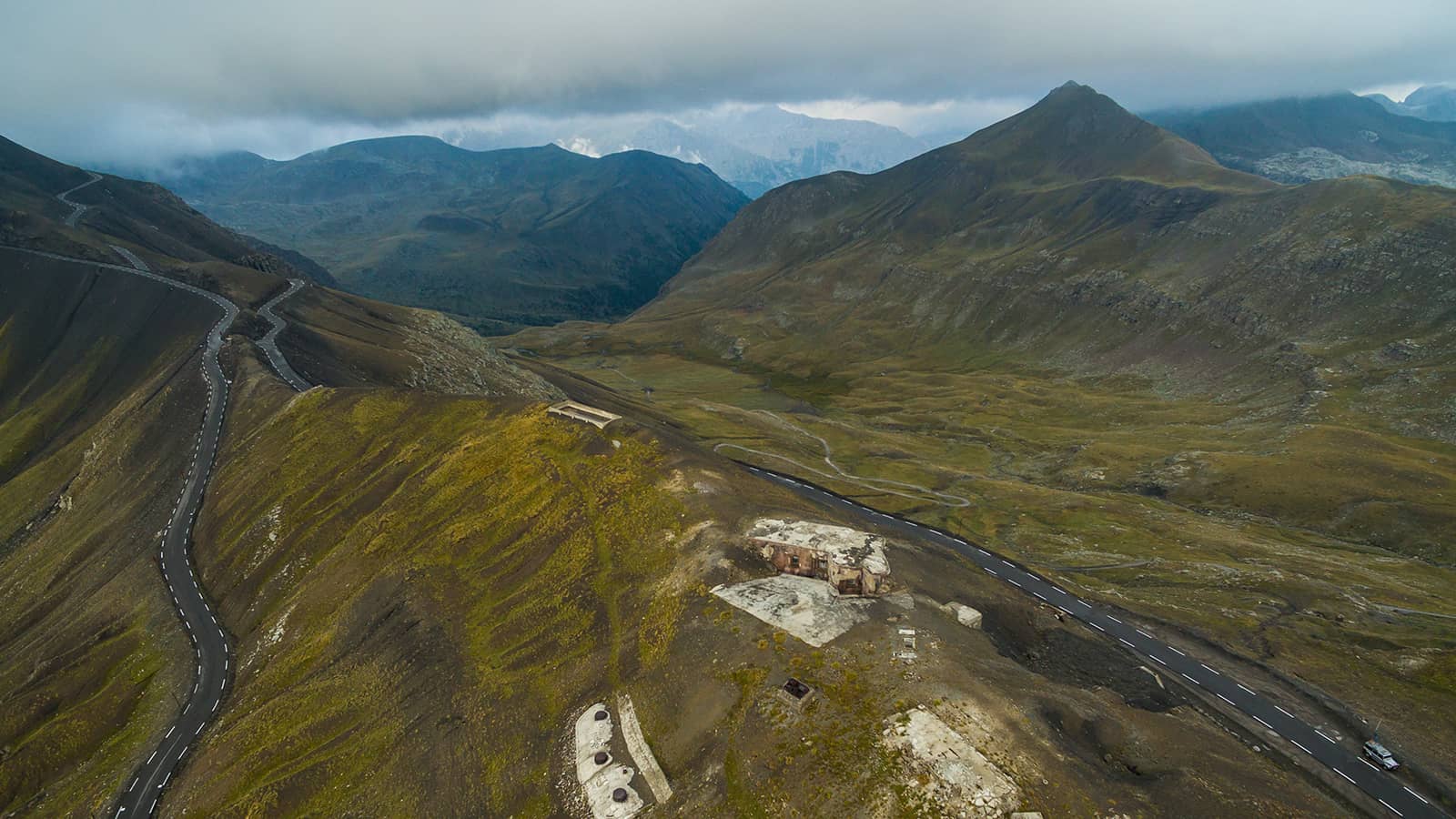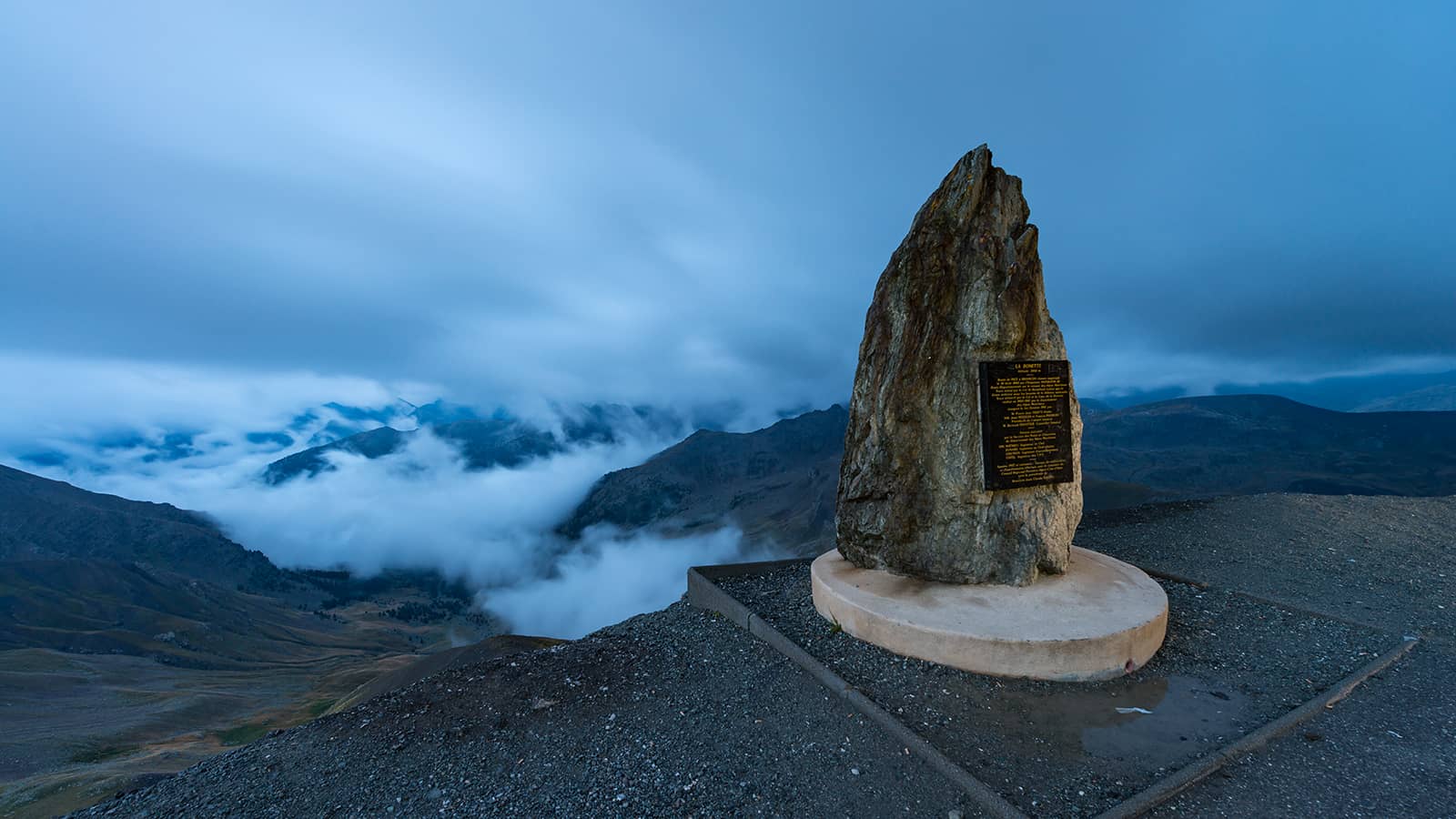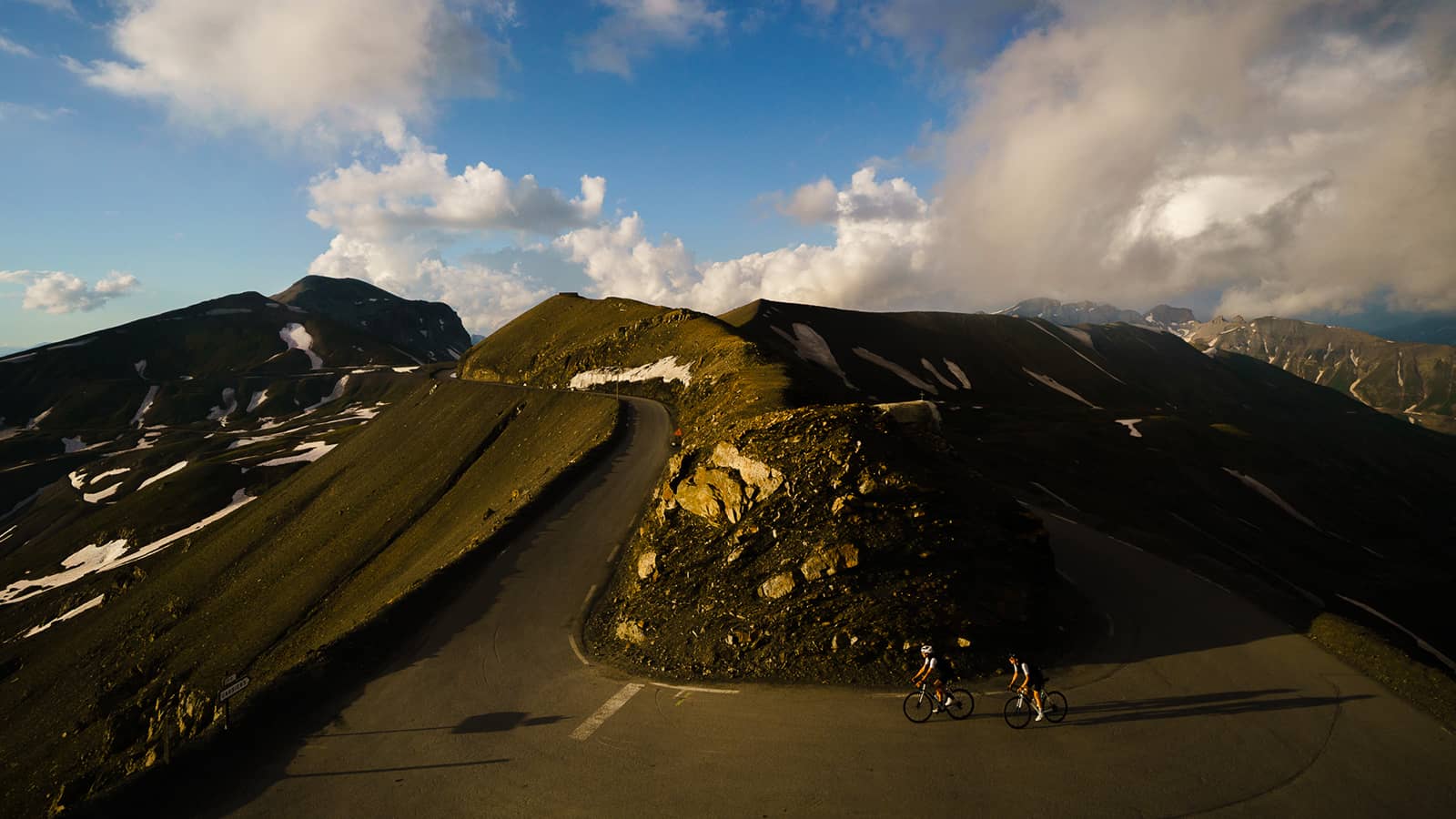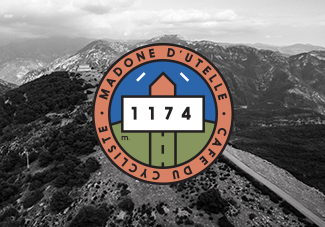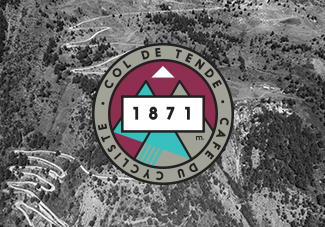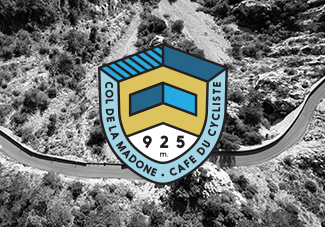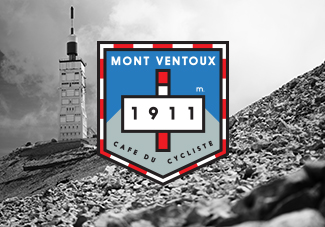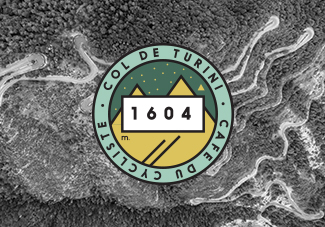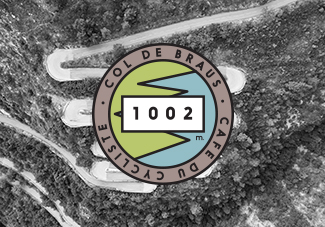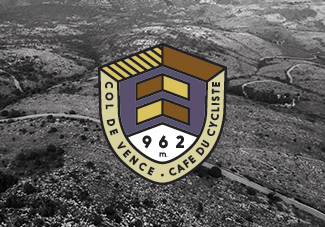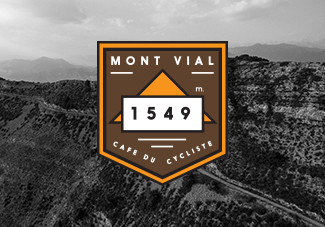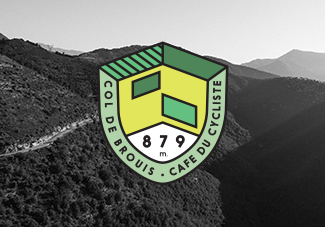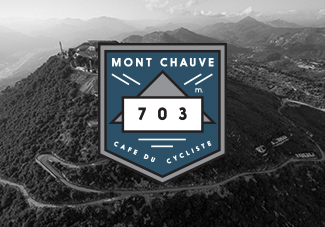Col de la Bonette: Nos montagnes à la carte #2
Don’t look too hard at the Bonette’s claim – seen on signposts the length of the ascent from Jausiers in the north and from Saint-Étienne-de-Tinée in the south – that it is the highest road in Europe.
There are a few paved roads that are higher.
And it’s only the highest inter-valley route (ie, the highest road that actually goes anywhere) if you accept that the Cime de la Bonette loop around the mountain’s peak, above the col, is not cheating.
Look instead at the Tinée river, which you follow up to where it is but a tumble of clear water flowing through a high valley to rival in beauty any further north in the Alps.



